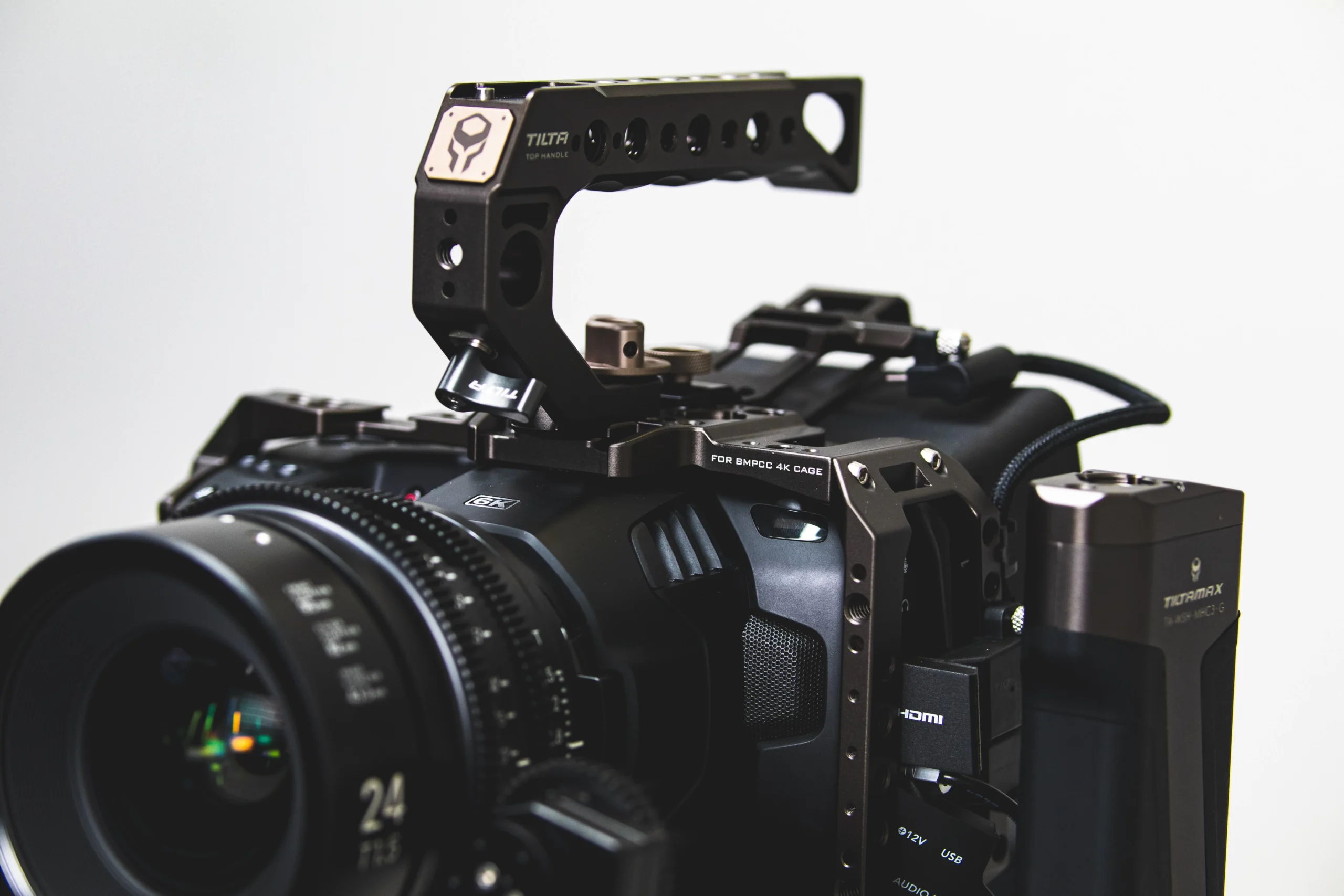Table of Contents
Introduction
In this article, we will discuss conversion rate optimization for sales funnels. We will explore the importance of understanding conversion funnels, how to map and analyze your own funnel, and strategies to optimize your conversion rate. The focus keyword phrase for this article is ‘conversion rate optimization for sales funnel’.
Understanding Conversion Funnels
Having a clear understanding of your conversion funnels is vital for optimizing your marketing efforts. A conversion funnel is the series of steps a user must take to convert, whether it be making a purchase, creating an account, or any other desired action. Every product and website has a unique funnel that represents their marketing approach and customer satisfaction.
Mapping your own conversion funnel is essential to better comprehend how different portions of your website or product fit into the three stages: Awareness, Consideration, and Decision. These stages represent the buyer’s journey, where the potential customer researches, commits, and weighs options before making a purchase.
Mapping Your Conversion Funnel
Let’s take a case study of an ecommerce store, Indochino, to understand how to map a conversion funnel. In the Awareness stage, users spend time on the website, going through blog posts to gather information. In the Consideration stage, users commit to solving their problem and explore different suit options, such as Indochino’s “Feel the Fabric” feature. Finally, in the Decision stage, users evaluate specific suits and go through the checkout process.
It is important to design a conversion funnel that gently guides users towards the end goal and is consistent across devices. The goal is to optimize the funnel for purchases, signups, or any desired action.
Visualizing and Analyzing Your Conversion Funnel
Visualizing and analyzing your conversion funnel can help you identify areas where users drop off and implement strategies to improve it. Tools like Amplitude and Google Analytics can be used to visualize your funnel and segment it by different dimensions such as country, city, browser, device, or marketing campaign.
Amplitude allows you to easily build and modify funnels in real-time, while Google Analytics offers basic funnel options. It is recommended to work with your engineering team to track the right data for accurate funnel analysis.
Strategies to Optimize Your Conversion Funnel
Once your conversion funnel is designed and visualized, it’s time to optimize it and increase the conversion rate. Three major strategies can be implemented:
-
Find High-Converting Customer Segments: Identify segments that convert at a higher rate than the average and analyze the correlation between results and the conversion rate. Communication, such as personalized messaging, can be used to target these segments.
-
Fix Holes or Drop-offs: Identify and address major drop-offs in the funnel. For example, if users drop off after adding an item to their cart, investigate technical issues or lack of trust in the website. High drop-off rates during the checkout process should be a red flag.
-
Remove Unnecessary Steps: Simplify the funnel by condensing or removing steps. Less steps generally lead to a higher conversion rate. Amazon’s “1-Click Checkout” option is a prime example of removing unnecessary steps for a smoother user experience.
Conclusion
Optimizing your conversion funnel is essential for increasing your conversion rate. By understanding your funnel, visualizing and analyzing it, and implementing the right strategies, you can improve your marketing efforts and drive more conversions. Remember to track the right data and test your strategies to ensure optimal results.
Learn more about conversion rate optimization
